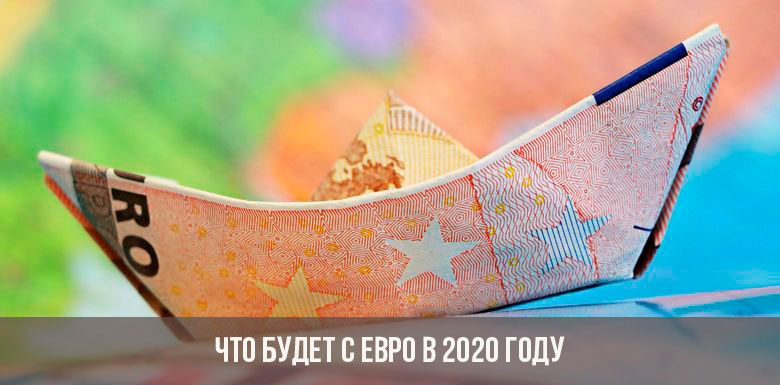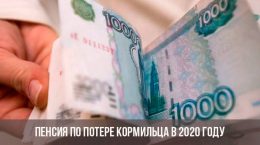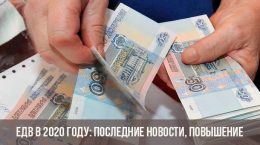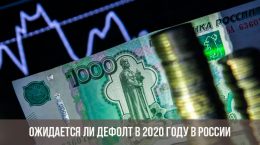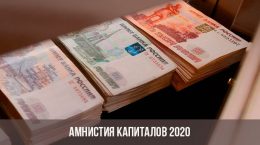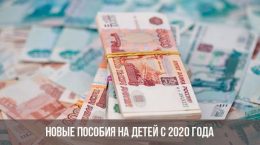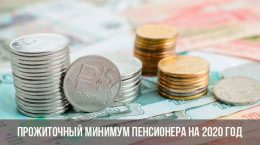Content [Hide]
Exchange rate fluctuations affect the value of European-made goods, holidays abroad, and interest rates on foreign currency loans. The instability of the exchange rates, which is demonstrated by the foreign exchange market, makes us think about what will happen to the euro in 2020. Forecasts on a single European currency excite not only financiers, but also ordinary citizens.
If you invest, now?
The situation with the European currency is more relevant than ever. This is due to the fact that in January of this year it fell sharply against the dollar - for € 1 they gave $ 1,135. As of April 21, 2019, the euro sank further, the current rate of the Central Bank of the Russian Federation was € 1 = $ 1.12.
Financial analysts consider exchange rate depreciation a temporary phenomenon and argue that it can be used to advantage for yourself. Now is the best time to invest in the single European currency, because at the beginning of 2020 it will go up.
UBS Forecast
Analysts at the reputable financial holding UBS, successfully operating in all developed countries of the world, predict stabilization and economic growth. According to their estimates, it will begin at the end of 2019 - the beginning of 2020.
Their forecast for the euro for 2020 is optimistic: by the end of this year, the cross-rate of the euro / dollar currency pair will be 1.23, and by the end of 2020 it will increase to 1.3.
UBS financiers argue that most of the current pressure factors are temporary. In just a few months, the EU economy will enter a growth trajectory - tendencies for this have already been outlined. In particular, it is noted:
- serious dynamics of consumption;
- inflow of investments in the European market;
- increasing demand for labor.
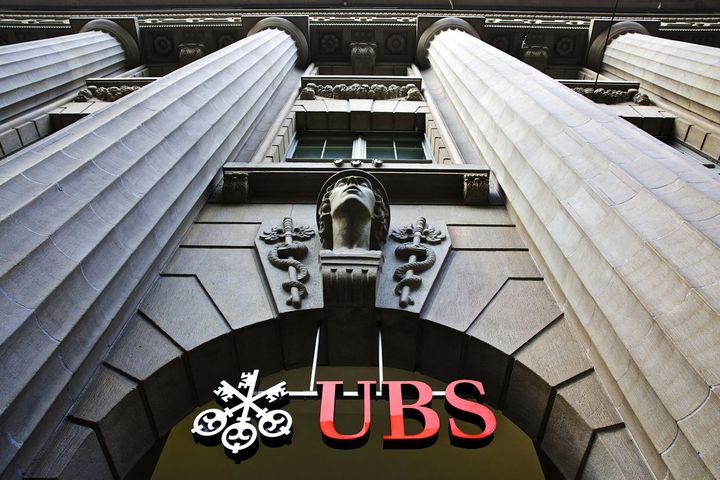
The combination of these factors indicates the gradual emergence of the economies of the EU countries in the dynamics of growth. UBS financiers believe that at present the European currency is seriously underestimated: according to them, the fair exchange rate against the dollar should vary in the range of $ 1.25-1.35, while in reality the upper bar of the price range does not exceed $ 1. 14.
There are several reasons for underestimation, the main ones are:
- Political risks associated with the upcoming European Parliament elections in May 2019, followed by this update of the European Commission, as well as the autumn elections of the head of the ECB.
- Problems in the automotive industry, which led to a serious decline in growth in this industry.
- Unfavorable IMF forecast: International Monetary Fund experts promise the Eurozone to slow down. According to their estimates, in 2019 they will amount to a maximum of 1.7% - and this under the most favorable conditions. For comparison: for the current year, the IMF forecast growth to 1.9%.
Other forecasts
Morgan Stanley, an American financial conglomerate headquartered in New York, gives even bolder forecasts. According to his strategists, spring thaw is coming for the euro, while winter is coming for the dollar.
A group of analysts led by Hans Redecker predicts that the cost of € 1 will increase $ 1.31. Such dynamics should be expected already in the first half of 2020. Morgan Stanley's euro forecast is the boldest of those that Bloomberg has cited in its next study.
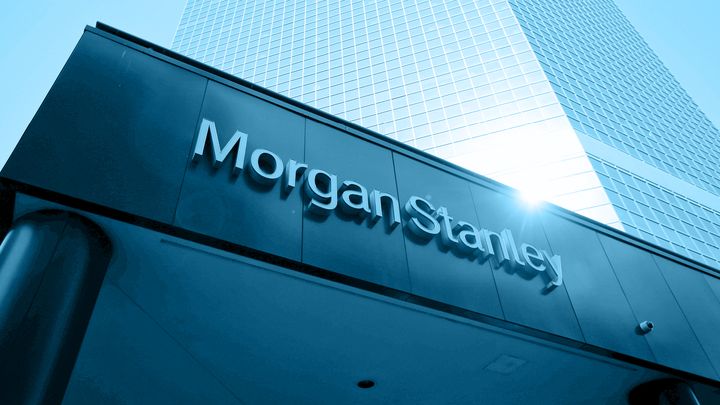
Skeptic market
The foreign exchange market is skeptical, reacts to any event by raising or lowering the rate instantly. An objective analysis shows that investors still doubt the good prospects for the euro.The first rate hikes are expected no earlier than April of next year.
Against the single currency of the EU, not so much real economic indicators play as updated IMF forecasts on the global economy. Investors perceive them as a signal for action, namely the transition to the dollar segment. It is not for nothing that analysts and traders consider the dollar the most secure and least risky currency.
Skeptical about the euro and analysts from the London financial company Janus Henderson. Leading financier Paul O’Connor is convinced that the surrender of the European currency continues. Consequently, a depreciation is inevitable.
How will the EUR / RUB pair behave?
Financial market analysts say the next year is favorable for currency speculation, because volatility will be high. At the beginning of 2020, 1 EUR will rise in price to 76-79 RUB.
In February-March, according to Forex analysts, the trend will continue, and the European currency will be trading at 76-77.5 rubles. Then a gradual decline will begin - up to 71-73 rubles, and by the end of next year for 1 EUR they will give, on average, 67.5 RUB.
The accuracy of the forecasts compilers estimate at 75-80%. Foreign experts are less optimistic. They predict a more significant increase in the cost of 1 EUR - up to 100-120 RUB.
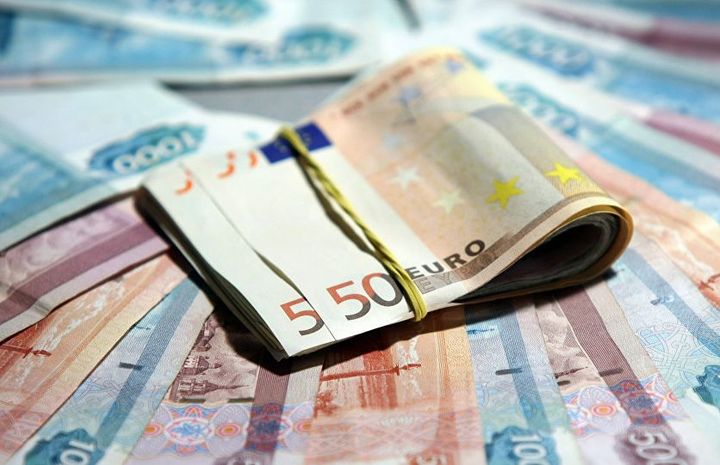
The conclusion is based on a combination of reasons, including:
- the existing deficit of the Russian budget;
- current sanctions against the Russian Federation and a high probability of introducing new restrictions;
- reduction in the share of Russian exports to the European market, including oil;
- the growth of supply in the global oil market, which is facilitated by the development of new oil fields in the United States;
- inflation rate in the European Union;
- protracted economic crisis in Russia.
The Russian Central Bank and the Ministry of Finance do not exclude the possibility of strengthening the national currency. It should be expected if the cross-rate EUR / USD remains unchanged and economic growth occurs. As for changes in interest rates, the Central Bank of Russia in the foreseeable future does not plan to resort to such a measure so as not to provoke inflation. Recently, its coefficient is already high.
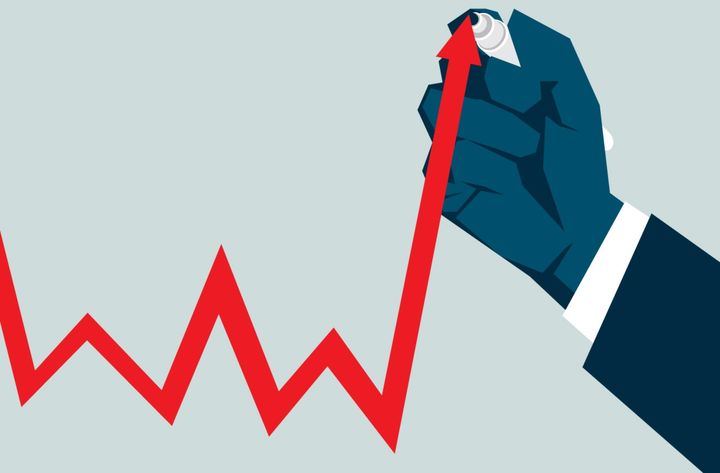
Objective factors cannot be ruled out - under their influence, the situation can change dramatically. The primary attention of financial experts is riveted to the state of affairs in Germany, Italy and France - EU leading countries. With a budget deficit of more than 3% of GDP, a fall in the European currency is inevitable. With a decrease in the indicator, the European currency will strengthen. The international currency market reacts to any political and economic changes very sensitively and quickly.
Read also:

